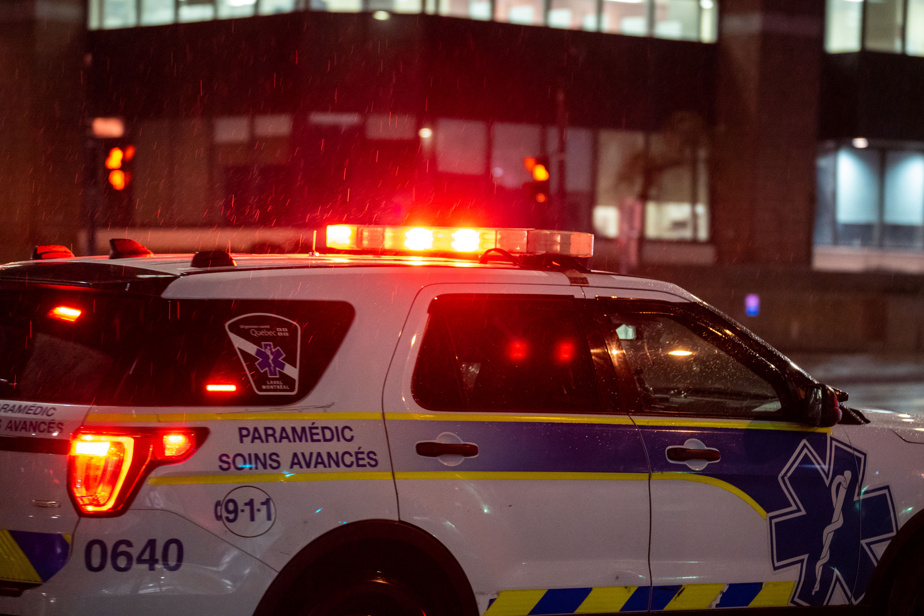(Montreal) Nearly a year after unveiling its policy on the pre-hospital emergency system, Quebec is preparing to deploy new community paramedicine pilot projects in several regions. A call for projects should be launched shortly, revealed the national medical director of the pre-hospital emergency services, Dr.r Alexander Messier.
During a conference held Friday morning as part of the Première ligne symposium, at the Palais des congrès de Montréal, Dr.r Messier mentioned that a call for projects was imminent in order to find out the interest of the various CISSSs and CIUSSSs in hosting a pilot project combining regulatory paramedicine and community paramedicine.
In June 2022, the Minister of Health, Christian Dubé, had already announced his intention “to use all the skills of paramedic ambulance technicians” with the aim of improving the fluidity of the health system and relieving congestion. emergency room.
Regulation paramedicine consists of allowing paramedics to assess the patient, in collaboration with a remote nurse, in order to direct him to the right service. “We have to get rid of the reflex that a call means a transport to the emergency room,” said Dr.r Messier at the conference on the future of pre-hospital services.
In the case of community paramedicine, we are taking a further step by expanding the ability of paramedics to intervene with patients. In particular, they could be asked to carry out medical follow-ups at home by checking vital signs, taking medication, evaluating needs and prevention.
Paramedic ambulance technicians (EPAs) could even be put to good use by performing swabs at home or inside clinics.
This ability to maintain a link with the patient at home not only makes it possible to avoid trips to the emergency room, but also to free up hospital beds more quickly.
“Often, the doctor wants to discharge his patient, but he has a little hesitation. He wants to be sure and he ends up keeping it for another 24 hours”, gave as an example the Dr Sir. However, if he knows that the patient is going to have his condition monitored by a TAP, he can discharge his patient early.
Example from Ontario
This type of intervention is already common in the neighboring province, where we find in particular standards of “advanced care” provided by TAP qualified in the field. They can “do a little more for the patient,” said Renfrew County Paramedic Assistant Director Mathieu Grenier.
He described the role of these community paramedicine workers as experts in directing patients to the right professional to meet their needs. They are sometimes integrated into family medicine clinics and can easily put the patient in touch with a general practitioner, but also with a physiotherapist or a social worker as needed.
What slows down the momentum in Quebec, according to the Dr Messier, it is in particular the rigidity of the rules governing reserved acts in health. Apart from their ambulance, the room for maneuver of paramedic ambulance technicians is legally very limited. The current creation of a TAP order should facilitate the integration of this new practice.
The Canadian Press health content gets funding through a partnership with the Canadian Medical Association. The Canadian Press is solely responsible for editorial choices.
